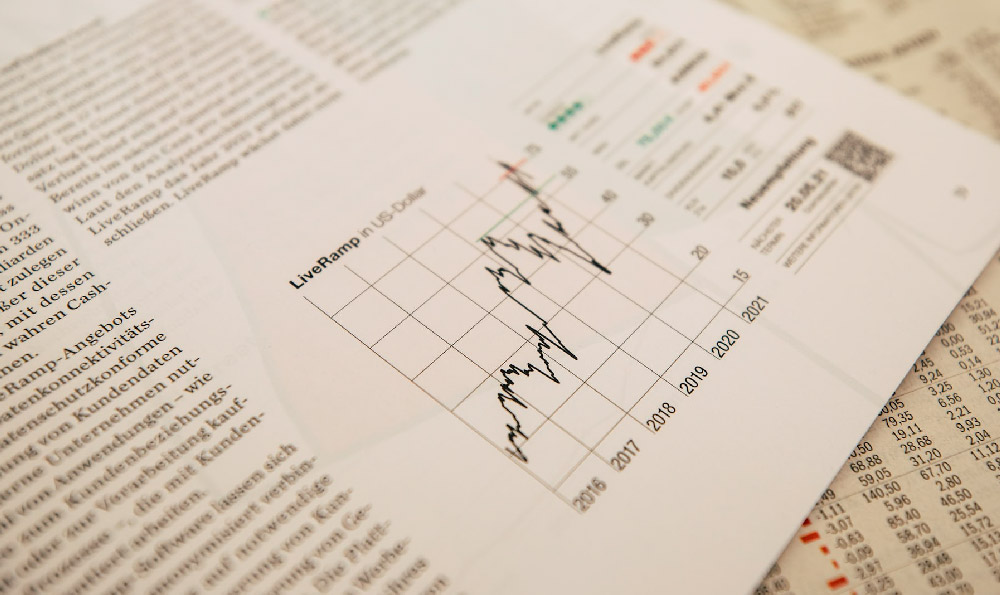How to Make Quick Money Through Stock Market Investments
The stock market can offer opportunities for rapid financial growth, but it also demands a calculated approach and a deep understanding of both strategy and risk. Successful short-term trading often depends on identifying patterns, leveraging market dynamics, and making informed decisions under pressure. Here are several techniques that professional investors use to capitalize on market fluctuations, though it’s essential to recognize that such methods come with inherent volatility and potential losses.
One popular strategy among experienced traders is breakout trading, which involves pinpointing stocks that are rapidly breaking out of their historical price ranges. These stocks often experience a surge in volume and momentum as investors anticipate a significant move in either direction. To spot a breakout, analysts rely on technical indicators like moving averages, RSI (Relative Strength Index), and volume analysis. For instance, if a stock’s price surpasses a key resistance level while showing a spike in trading volume, it could signal an upward trend that may be exploited for quick gains. However, breakout trades are not guaranteed, and investors must use stop-loss orders to limit exposure if the movement reverses unexpectedly.

Another effective method is exploiting market volatility through options trading. Buying call or put options on stocks with high beta coefficients can amplify returns, but it also increases the risk of losing the premium paid. This approach is particularly useful during periods of economic uncertainty or major announcements, such as earnings reports or regulatory changes. For example, if a tech company is rumored to be acquiring another firm, investors may purchase call options to benefit from a potential short-term price jump. Yet, it’s crucial to analyze strike prices, expiration dates, and market sentiment to avoid overpaying for options that may not deliver the expected results.
Intraday trading, which focuses on profiting from price movements within a single trading session, is another avenue for quick money. This strategy requires real-time monitoring of stock prices and the ability to execute trades quickly. Traders often use technical analysis tools like candlestick charts, Fibonacci retracements, and volume profiles to identify entry and exit points. A common technique is to trade on news events, such as product launches or geopolitical developments, which can cause sudden shifts in investor sentiment. However, intraday trading is highly time-consuming and demands discipline to adhere to strict risk management rules, such as setting profit targets and using stop-loss orders.
Dividend investing, though typically a long-term strategy, can also yield quick returns when stocks are trading at a discount to their intrinsic value. Investors who focus on dividend aristocrats—companies with a history of increasing dividends—often use a buy-and-hold approach, but during market corrections, they may sell shares to capture capital gains. For example, a stock with a strong dividend yield may rebound quickly after a temporary dip, allowing investors to profit from both dividends and price appreciation. However, this method requires patience and a thorough understanding of the company’s fundamentals to ensure that the stock is not overvalued.
Leveraging market sentiment through short-selling or market-neutral strategies also presents potential for quick gains. Short-selling involves borrowing shares and selling them, with the hope of repurchasing them at a lower price to return to the lender and profit from the difference. This approach can be profitable during market downturns, but it carries the risk of unlimited losses if the stock price rises instead of falling. Market-neutral strategies, such as pairs trading, involve buying one stock while simultaneously shorting another, aiming to profit from their relative price movements. These techniques require careful analysis of market trends and the ability to manage risk effectively.
Quick money opportunities often arise from trading in penny stocks or micro-cap companies, which can experience extreme price swings. However, such stocks are typically more volatile and less liquid, making them riskier for inexperienced investors. For example, a small biotech firm may see its price skyrocket due to a breakthrough in research, but the same stock could plummet if the results are disappointing. Investors must conduct thorough research and avoid impulsive decisions when trading in these high-risk assets.
It’s also important to explore the role of algorithmic trading in capturing short-term profits. High-frequency trading algorithms can identify and execute trades in milliseconds, using data-driven decisions to capitalize on market inefficiencies. These techniques are often used by institutional investors and require access to advanced technology and real-time data. For instance, an algorithm may detect a pattern in stock price movements and automatically trigger trades to exploit the trend. However, algorithmic trading is not suitable for all investors and demands a deep understanding of programming and market mechanics.
While these strategies can yield quick profits, they also highlight the importance of disciplined risk management. Investors must allocate only a portion of their portfolio to high-risk trades and avoid over-leveraging, which can lead to significant losses. Tools like stop-loss orders, position sizing, and diversification are critical to mitigating risks. For example, setting a stop-loss at 5-10% below the entry price can limit losses if a trade goes against expectations.
Ultimately, quick money in the stock market is not a guaranteed outcome, but it can be achieved through a combination of technical analysis, market timing, and strategic use of financial instruments. Success often depends on an investor’s ability to adapt to changing market conditions, remain disciplined, and avoid emotional decision-making. While some strategies may offer higher returns, they also require a higher level of expertise and risk tolerance. Investors should always educate themselves on the market and seek guidance from financial professionals before implementing any high-risk strategies.












